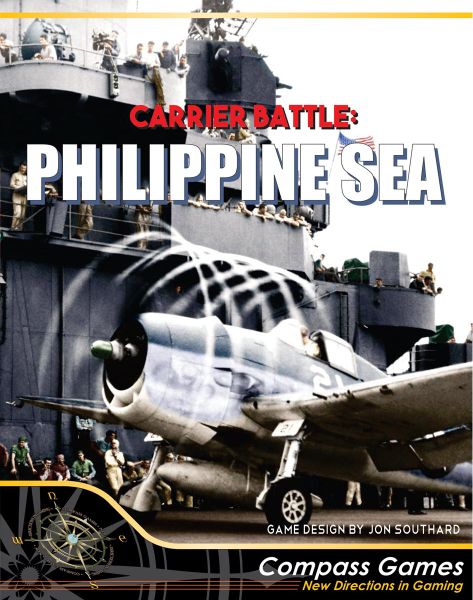Carrier Battle: Philippine Sea (2023) Board Game
Carrier Battle: Philippine Sea is a board game that simulates the critical Battle of the Philippine Sea during World War II. This battle, also known as the Great Marianas Turkey Shoot, took place in June 1944 and was a decisive naval battle between the United States and Japan in the Pacific theater.
Game Components of Carrier Battle: Philippine Sea
How To Setup Carrier Battle: Philippine Sea
To set up the game, players need to place the mounted map on a flat surface, organize the counters according to the scenario being played, and prepare the player aid cards and charts. The rulebook provides detailed instructions on how to lay out the components for each scenario.
Gameplay Mechanics and Game Objective
Player Experience
Playing **Carrier Battle: Philippine Sea** is a tension-packed experience where the player must balance resource management, strategic planning, and reactive decision-making. The game starts with learning scenarios that gradually introduce the player to the full complexity of the game mechanics. The solitaire design ensures that the game is engaging and challenging even without multiple players.
Pros
Cons
Personal Thoughts on Carrier Battle: Philippine Sea
This game is ideal for fans of historical wargames and solitaire gameplay. It offers a deep and immersive experience, especially for those interested in naval warfare and the Pacific Theater of World War II. However, it may not be the best fit for casual gamers due to its complexity and time requirements. For those willing to dive into the intricacies of carrier battles, **Carrier Battle: Philippine Sea** provides a rich and rewarding experience.
We are supported by our audience. When you purchase through links on our site, we may earn an affiliate commission, at no extra cost for you. Learn more.

